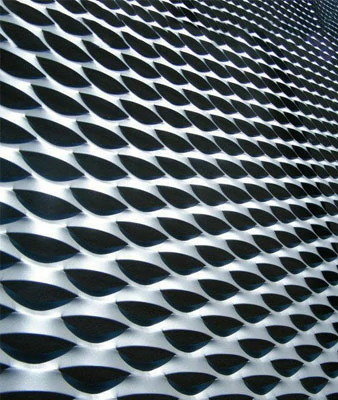3d electric deer fence
The Benefits and Future of 3D Electric Deer Fences
In recent years, wildlife management and agricultural challenges have prompted innovative solutions to protect crops from deer while ensuring the safety of the animals themselves. One such solution that has gained traction is the 3D electric deer fence. Combining modern technology with the principles of animal behavior, these fences offer a sophisticated way to mitigate human-wildlife conflicts, enhance agricultural productivity, and promote environmental harmony.
Understanding 3D Electric Deer Fences
While traditional fences have been utilized for centuries, the advent of 3D electric fences has revolutionized the way we think about animal control. Unlike standard electric fences that rely primarily on a single line of current, 3D electric deer fences incorporate a three-dimensional structure that deters deer more effectively. The design includes multiple electrified wires positioned at varying heights and angles, creating a complex barrier that is much more difficult for deer to navigate.
The complex design works on the principle of deer behavior. Deer are naturally cautious animals, and the irregularities created by 3D fencing make them wary. When they approach the fence and receive a mild electric shock, they learn to avoid it more thoroughly than they would with a standard flat fence. Thus, a 3D electric deer fence not only protects crops effectively but also minimizes the risk of injury to the animals themselves.
Advantages of 3D Electric Deer Fences
One of the most significant benefits of 3D electric deer fences is their efficacy in crop protection. Farmers often face substantial losses due to deer foraging on freshly planted crops. Traditional fencing can act as a visual barrier but often fails to provide effective deterrence. With 3D electric fences, farmers report enhanced protection, resulting in higher yield and reduced economic losses.
Additionally, the installation of 3D electric deer fences can be a more sustainable choice. These fences are generally easier to install than traditional barriers, which often require heavy materials and extensive labor. The lightweight construction of electric fences allows for quicker installation and relocation, making it ideal for seasonal crops or changing agricultural practices.
3d electric deer fence

Moreover, 3D electric deer fences have a lower environmental impact compared to chemical deterrents like sprays or repellents. By opting for physical barriers, farmers can minimize the use of harmful substances that can affect soil quality, water sources, and surrounding wildlife. This ecological consideration is increasingly important in our current climate, where sustainable agricultural practices are essential for maintaining a healthy environment.
The Technological Edge
Advancements in technology have further enhanced the functionality of 3D electric deer fences. Smart fence systems can now integrate with wireless technologies, allowing farmers to monitor fence performance remotely. Sensors can alert farmers to breaches or malfunctions, helping them respond quickly and maintain efficiency. This technological connectivity paves the way for more robust wildlife management techniques, enabling real-time data collection and analysis.
Additionally, these smart systems can adapt over time. With machine learning algorithms, the patterns of deer activity can be analyzed, allowing for adjustments in fence placement or electrification levels based on seasonal movements and behaviors. This adaptability ensures that farmers can remain one step ahead of wildlife challenges, ultimately leading to more effective and productive farming practices.
Conclusion
The 3D electric deer fence represents a perfect blend of innovation, sustainability, and practicality in modern agricultural techniques. As communities around the world continue to experience conflicts with wildlife, the need for effective and humane solutions has never been greater. By protecting crops from deer invasions, these advanced fencing systems not only bolster agricultural productivity but also contribute to wildlife protection and ecosystem health.
As we look to the future, the continued evolution of 3D electric deer fences will likely incorporate even more advanced technologies and strategies, further enhancing their efficacy. With a growing emphasis on sustainable farming and wildlife conservation, it is clear that 3D electric deer fences are more than just a tool—they are a vital component in the quest for harmonious coexistence between humans and nature.
-
Space-Saving Chain Fence Hacks Vertical Gardening with Cyclone MeshNewsJul.16,2025
-
Innovations in Iron Nail Wire Production for Modern ConstructionNewsJul.16,2025
-
Creative Uses of Wire Netting Fence in Modern Landscape DesignNewsJul.16,2025
-
Barbed Wire Fence Innovations in Anti-Climb TechnologyNewsJul.16,2025
-
Architectural Uses of Umbrella Nails for Aesthetic Roof DesignsNewsJul.16,2025
-
Architectural Uses of Razor Barbed Wire in Secure Urban DesignNewsJul.16,2025




